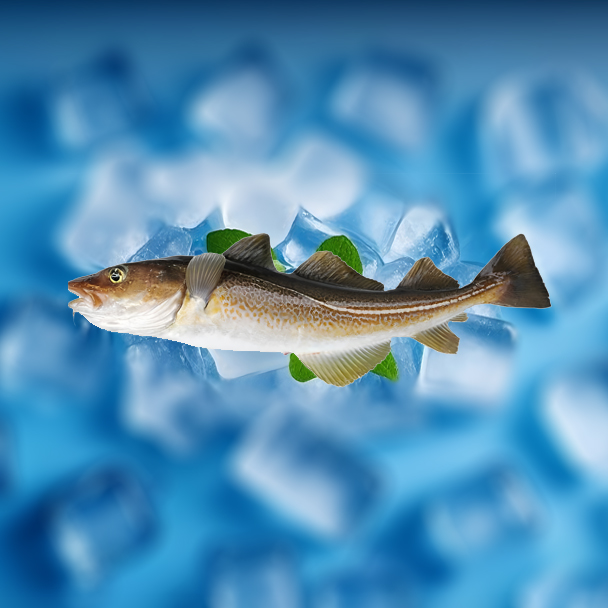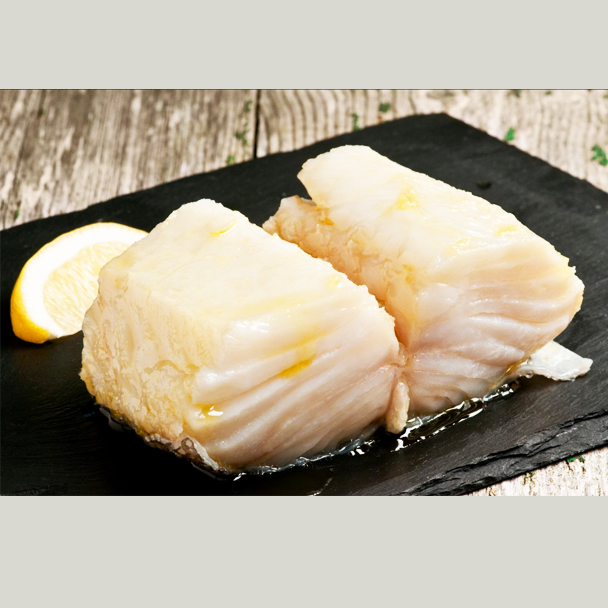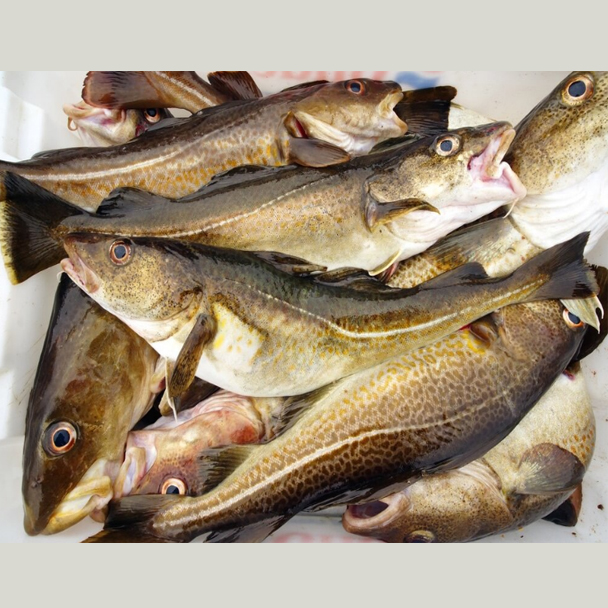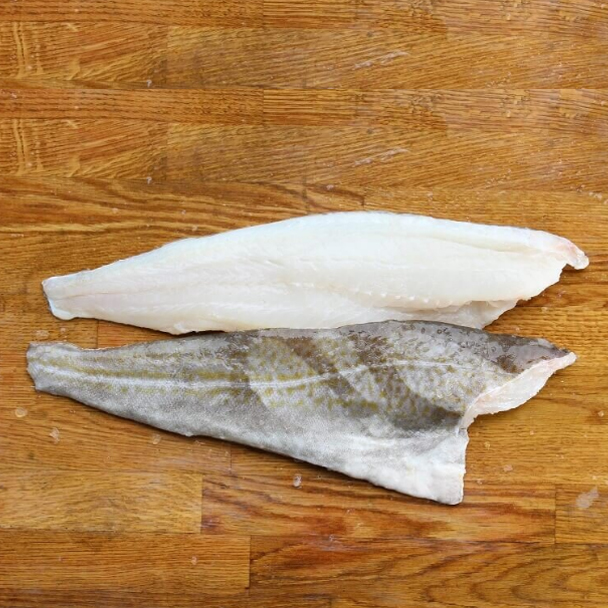








The slender, broad-headed cod (**Gadus macrocephalus**), also known as the large-headed cod, is a large fish species widely distributed in the North Pacific Ocean. It is a typical representative of the cod family, usually growing up to 1.5 meters in length and weighing over 20 kilograms. The fish has a distinctive appearance, with a long and slim body, tapering towards the tail, and a notably large head. The mouth is wide, and the eyes are relatively small. The back is dark green or gray-green, while the belly is light silver-white. The dorsal and pectoral fins have prominent fin rays, and the tail fin is forked.
This species thrives in cold water environments, typically inhabiting the seabed at depths between 100 and 500 meters. It is carnivorous, feeding on smaller fish, crustaceans, and other marine organisms. The slender, broad-headed cod has strong adaptability and can survive in colder waters. Its breeding season usually occurs in the winter and spring, with large quantities of small eggs, and the hatched young fish grow rapidly.
Due to its tender meat and delicious taste, the slender, broad-headed cod is highly popular worldwide, especially in seafood markets in Japan, the United States, and other regions. Furthermore, it is an important target for commercial fishing, making it a valuable marine resource.
